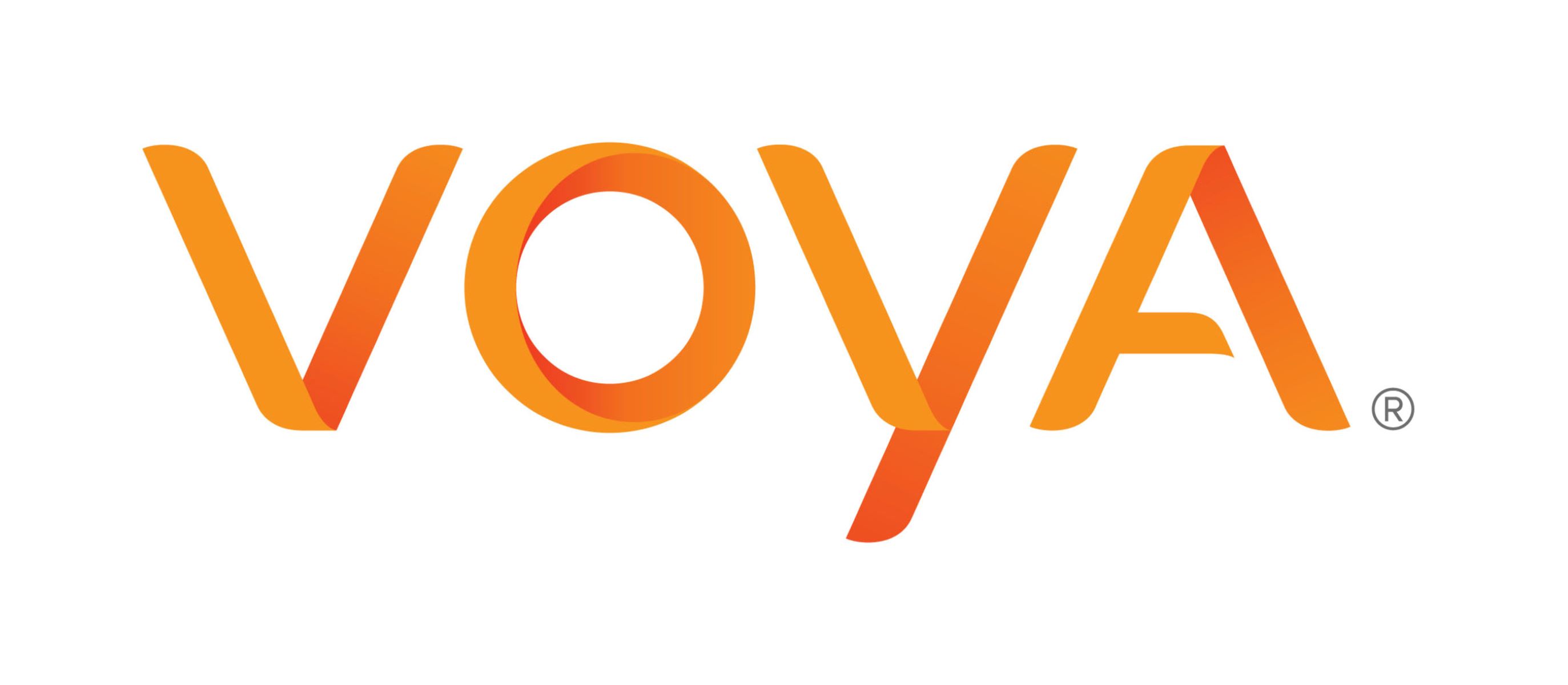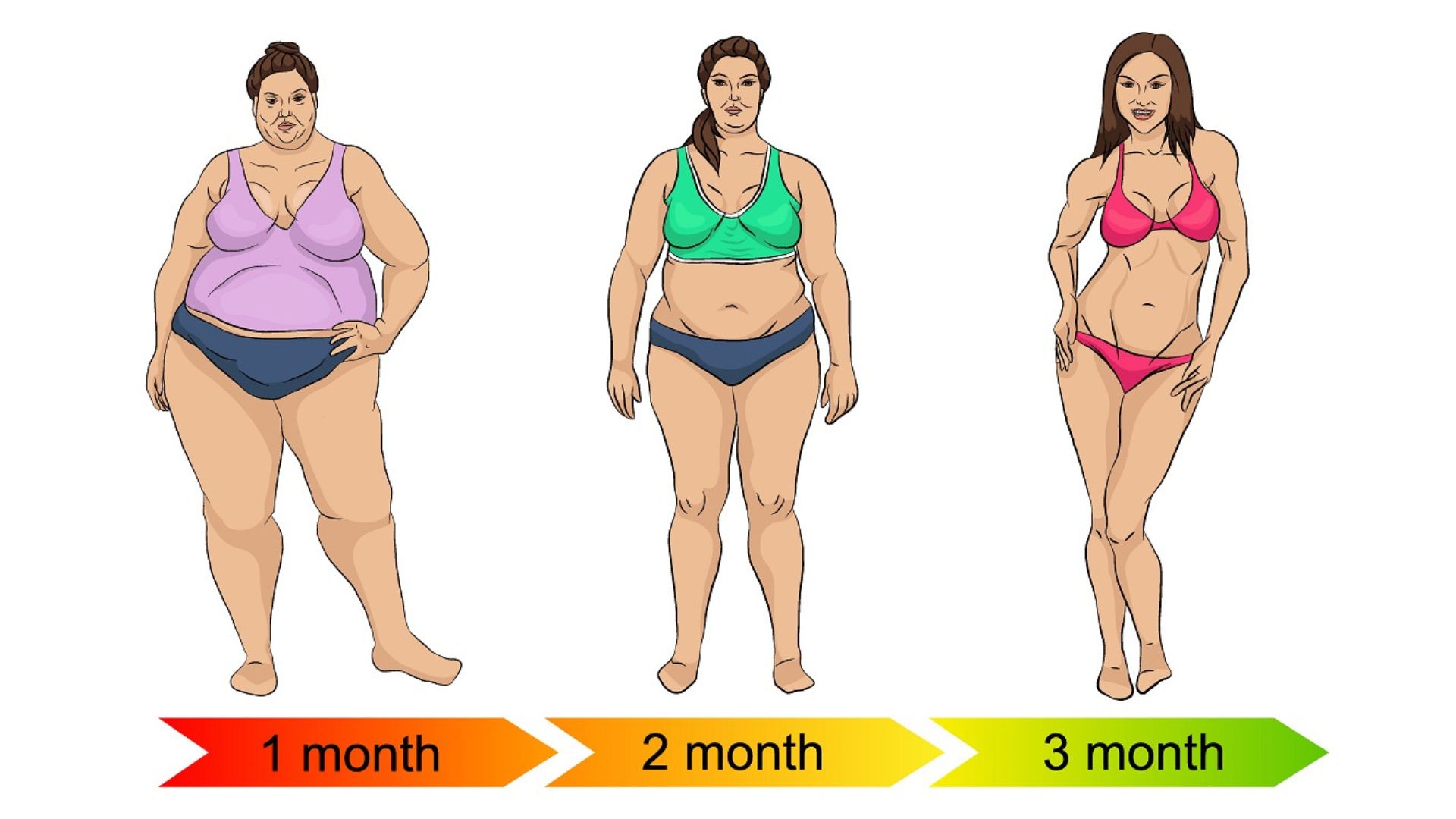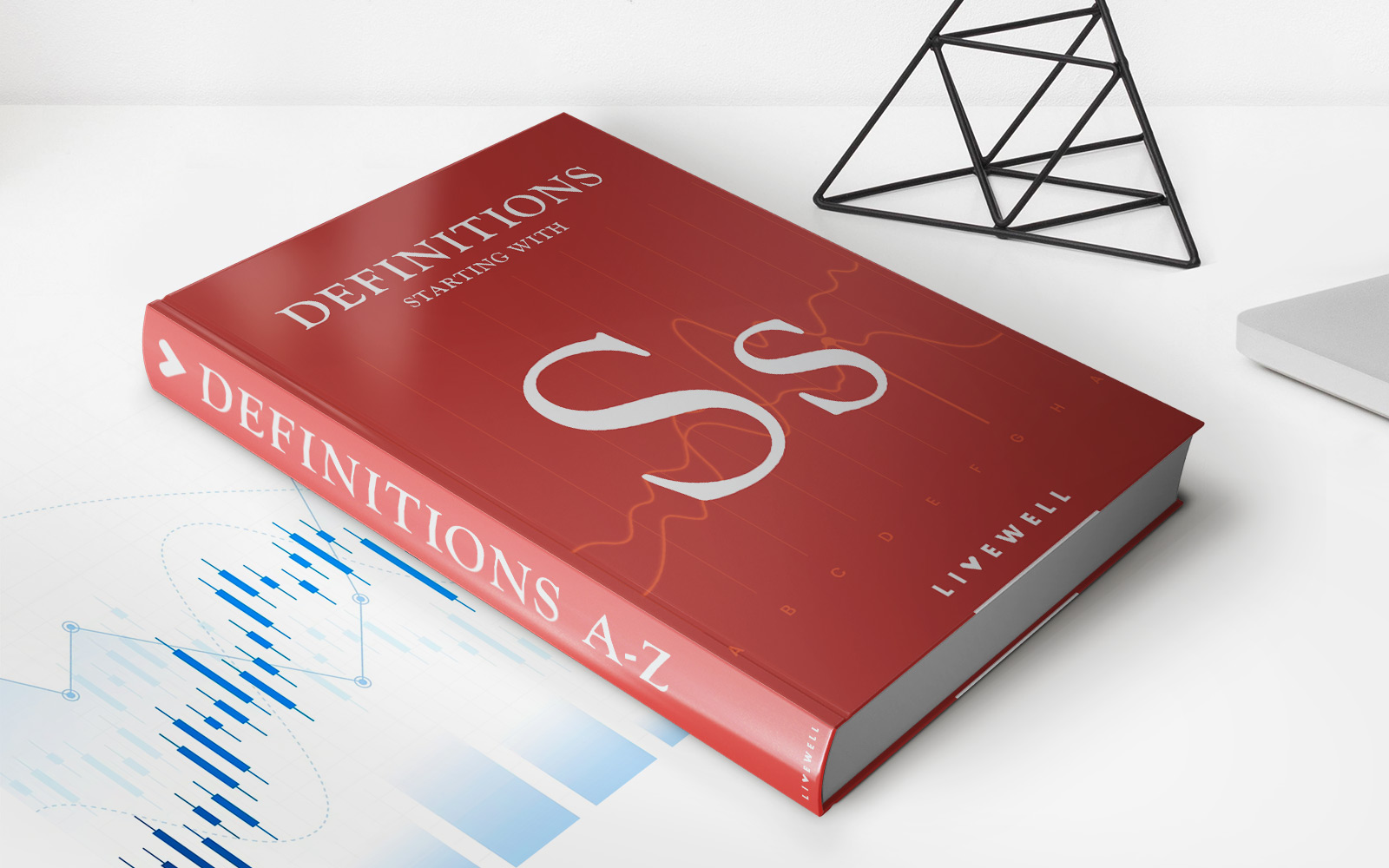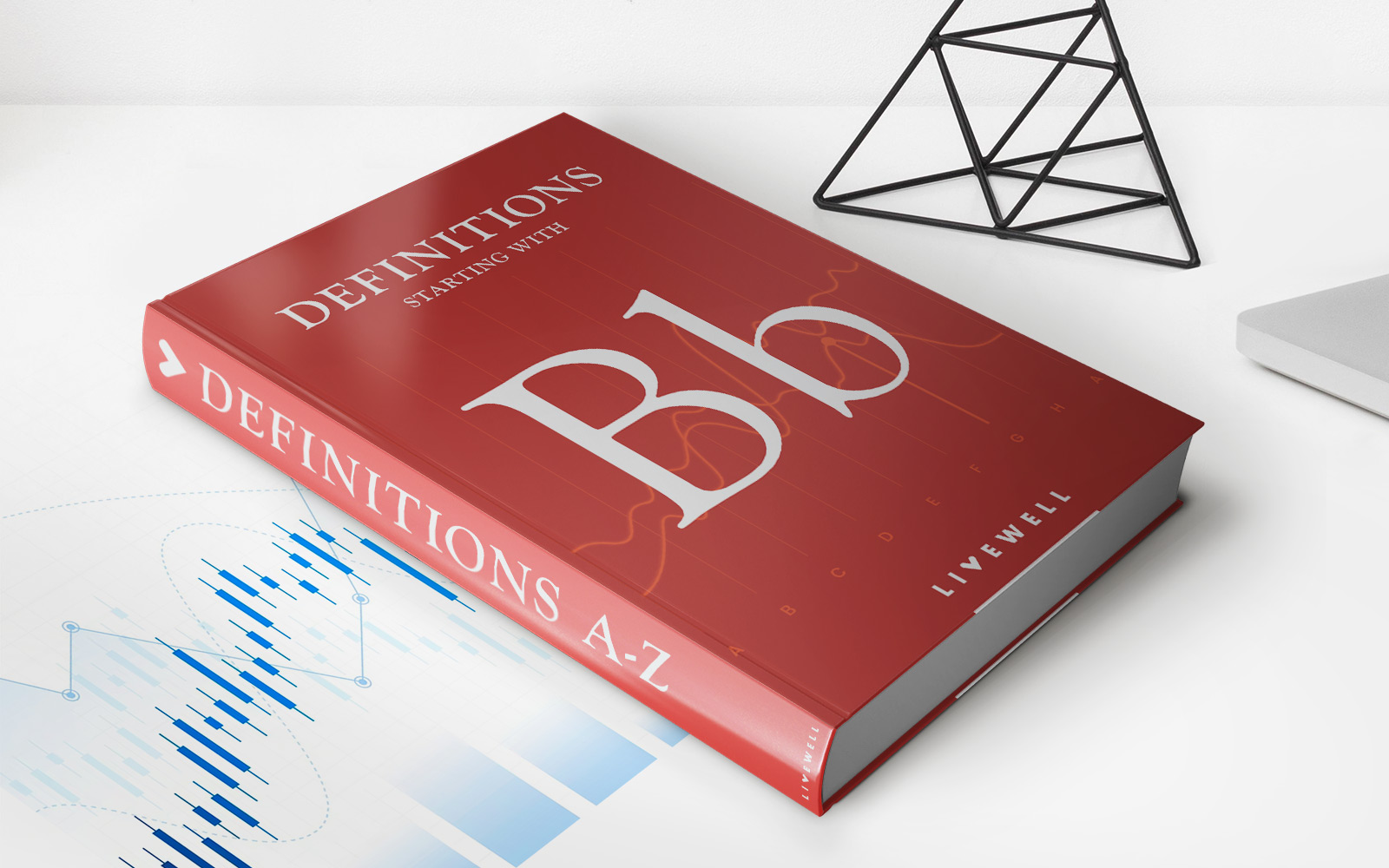

Finance
How Do I Prove Disability For 401K Withdrawal
Modified: February 21, 2024
Learn how to prove your disability for 401k withdrawal and navigate the financial aspects with expert advice on finance.
(Many of the links in this article redirect to a specific reviewed product. Your purchase of these products through affiliate links helps to generate commission for LiveWell, at no extra cost. Learn more)
Table of Contents
- Introduction:
- Understanding the 401k Withdrawal Rules:
- Disability as a Qualifying Event for 401k Withdrawal:
- Documenting Disability for 401k Withdrawal:
- Medical Proof Required for 401k Withdrawal:
- Types of Disabilities Recognized for 401k Withdrawal:
- Other Considerations for 401k Withdrawal Due to Disability:
- Conclusion:
Introduction:
When facing financial hardship due to a disability, individuals may consider accessing their 401k funds as a potential source of relief. However, navigating the rules and regulations surrounding disability-related 401k withdrawals can be complex. In this article, we will explore how to prove disability for 401k withdrawal and provide insights into the process.
A 401k is an employer-sponsored retirement savings plan that allows employees to contribute a portion of their income on a pre-tax basis. Normally, individuals cannot withdraw funds from their 401k until they reach the age of 59 ½, without incurring early withdrawal penalties. However, certain circumstances entitle individuals to make early withdrawals without facing these penalties.
One such circumstance is when an individual can demonstrate that they have a qualifying disability. In this context, disability refers to a physical or mental impairment that substantially limits one or more major life activities, such as walking, seeing, hearing, learning, or working.
Proving disability for 401k withdrawal involves providing sufficient evidence to the Internal Revenue Service (IRS) that the individual meets the qualifying criteria. This proof typically includes medical documentation, such as reports, evaluations, or certifications from licensed healthcare professionals.
It’s important to note that the process of proving disability for 401k withdrawal may vary depending on the specific guidelines set forth by the employer and the retirement plan administrator. Therefore, individuals planning to access their 401k funds due to a disability should consult their plan’s documentation or seek professional advice to ensure compliance with the necessary requirements.
In the following sections, we will delve into the details of the 401k withdrawal rules related to disability and the steps involved in substantiating the disability claim.
Understanding the 401k Withdrawal Rules:
Before exploring how to prove disability for 401k withdrawal, it is essential to have a good understanding of the general rules and regulations surrounding 401k withdrawals. Typically, 401k plans are designed as long-term savings vehicles for retirement. As such, there are restrictions and penalties for early withdrawals.
Under normal circumstances, individuals who withdraw funds from their 401k before the age of 59 ½ may be subject to an early withdrawal penalty of 10% in addition to regular income tax. However, there are specific exceptions to this rule, including disability withdrawals.
401k plans are governed by the Employee Retirement Income Security Act (ERISA), which sets the guidelines for retirement plans. ERISA allows for an early withdrawal without penalty if the individual can prove they have a qualifying disability as defined by the IRS. In this case, the individual may be exempt from the early withdrawal penalty but will still be required to pay the regular income tax on the withdrawn amount.
It’s important to note that not all 401k plans offer disability as a qualifying event for early withdrawal. Some plans may have different rules or limitations, so it is crucial to review the specific plan documents to determine if disability withdrawals are permitted.
Additionally, when making a disability withdrawal, the individual must demonstrate that they are unable to engage in substantial gainful activity due to their disability. This means that their impairment prevents them from earning a significant income through work. The IRS provides guidelines for determining whether an individual meets this requirement.
Understanding the 401k withdrawal rules is crucial for individuals who may need to access their funds due to a disability. By knowing the eligibility criteria and limitations, individuals can ensure they are compliant with the rules and avoid unnecessary penalties.
Disability as a Qualifying Event for 401k Withdrawal:
Disability can be considered a qualifying event for 401k withdrawal under certain conditions. If an individual can prove that they have a qualifying disability, they may be eligible to make an early withdrawal from their 401k without facing the usual penalties.
According to the IRS, a qualifying disability for 401k withdrawal is defined as a physical or mental impairment that significantly limits one or more major life activities. Major life activities include tasks such as walking, seeing, hearing, learning, and working.
It’s important to note that not all disabilities automatically qualify for 401k withdrawal. The disability must restrict the individual from engaging in substantial gainful activity, meaning they are unable to earn a significant income due to their impairment.
To qualify for a disability withdrawal, the individual must provide sufficient evidence to support their claim. This typically involves submitting medical documentation that demonstrates the existence and extent of the disability. The documentation should include reports, evaluations, or certifications from licensed healthcare professionals who have evaluated the individual and determined the limitations caused by the disability.
Each employer and 401k plan may have specific requirements for proving disability, so it is important to review the plan documentation and consult with the plan administrator for guidance on the necessary documentation.
Once the disability claim has been validated, the individual can proceed with the 401k withdrawal process. It’s important to note that although disability withdrawals are exempt from the early withdrawal penalty, regular income tax will still apply to the withdrawn amount.
It is worth mentioning that the process of proving disability for 401k withdrawal can be complex. It is advisable to seek professional advice and guidance from a financial advisor or tax specialist who is knowledgeable about the specific requirements and procedures.
Next, we will explore the specific documentation required to support a disability claim for 401k withdrawal.
Documenting Disability for 401k Withdrawal:
Proving disability for 401k withdrawal requires individuals to provide appropriate documentation that substantiates their claim. The documentation serves as evidence of the existence and limitations imposed by the disability, satisfying the requirements set forth by the 401k plan administrator and the IRS.
The specific documents needed may vary depending on the employer’s plan guidelines, but generally, the following types of documentation are commonly requested:
- Medical Reports: These reports should be prepared and signed by licensed healthcare professionals who have evaluated the individual’s condition. The medical reports should outline the nature of the disability, the diagnosed impairment, and its impact on the individual’s ability to engage in substantial gainful activity. The reports should include relevant medical tests, diagnoses, and expert opinions when applicable.
- Evaluations and Assessments: Additional evaluations or assessments from specialized professionals, such as occupational therapists, psychologists, or vocational experts, may be required. These assessments provide a comprehensive understanding of the individual’s limitations and their impact on daily functioning and potential employment opportunities.
- Certifications: In some cases, a certification from a licensed healthcare professional may be requested. This certification should state that the individual’s disability prevents them from engaging in substantial gainful activity. The certification should include specific details about the impairment and its impact on major life activities.
When assembling the documentation, it is essential to ensure that it is complete, up-to-date, and comprehensive. Any gaps or insufficient information may delay the evaluation process or result in a denial of the disability claim.
It is also crucial to follow the guidelines provided by the employer’s plan administrator regarding the submission of disability documentation. Failure to provide the necessary information or missing deadlines may hinder the approval process.
Seeking professional guidance from a financial advisor or tax specialist who is familiar with the 401k plan’s requirements and the disability claims process can be beneficial. They can assist individuals in compiling the necessary documentation and ensuring that the disability claim is properly supported.
Once the required documentation has been gathered, it can be submitted to the plan administrator for evaluation. The plan administrator will review the documentation and determine whether the disability claim meets the eligibility criteria for 401k withdrawal. If approved, the individual can proceed with the withdrawal process.
Now let’s explore the specific medical proof required for 401k withdrawal due to disability.
Medical Proof Required for 401k Withdrawal:
When seeking a 401k withdrawal due to disability, providing appropriate medical proof is crucial. This proof serves as the primary evidence to substantiate the disability claim and support the individual’s eligibility for the withdrawal.
The specific medical proof required may vary depending on the employer’s plan guidelines, but generally, the following types of documentation are commonly requested:
- Medical Records: These records include comprehensive documentation of the individual’s medical history, diagnoses, and treatment plans. They should provide a clear understanding of the individual’s condition and the impact it has on their daily life and ability to work.
- Diagnostic Tests: Any relevant diagnostic tests, such as X-rays, MRIs, blood tests, or psychological evaluations, should be included. These tests can provide objective evidence of the individual’s condition and help establish the severity of the disability.
- Treating Physician’s Reports: Reports from the individual’s treating physicians are crucial in documenting the disability and its limitations. These reports should outline the specific impairments, the prognosis, and the recommended treatment options. They may also include the physician’s opinion on the individual’s ability to engage in substantial gainful activity.
- Specialist Opinions: In some cases, it may be necessary to obtain opinions or evaluations from specialists in the relevant field. For example, if the disability is related to mental health, a report from a psychiatrist or psychologist may be required. These specialist opinions can provide additional support and expertise to strengthen the disability claim.
- Functional Capacity Evaluation (FCE): A Functional Capacity Evaluation assesses an individual’s physical and mental abilities and limitations related to work. This evaluation may include tasks such as lifting, carrying, sitting, standing, concentration, memory, and problem-solving. The results of an FCE can provide further evidence of the individual’s disability and its impact on their ability to work.
It is important to note that the medical proof required for 401k withdrawal should be current and relevant. Outdated medical records or documentation may not accurately reflect the individual’s current condition and level of disability.
Compiling the necessary medical documentation can be a complex and time-consuming process. It is advisable to work closely with treating physicians and specialists to ensure that all relevant information is included. Seeking the guidance of a financial advisor or tax specialist with experience in disability claims can also be beneficial in navigating the submission process and ensuring that all necessary medical proof is provided.
Once the medical proof has been gathered and submitted, the plan administrator will evaluate the disability claim and make a determination regarding the individual’s eligibility for 401k withdrawal. If approved, the individual can proceed with the withdrawal process.
Next, let’s explore the types of disabilities recognized for 401k withdrawal.
Types of Disabilities Recognized for 401k Withdrawal:
When it comes to disability-related 401k withdrawal, the types of disabilities recognized can vary depending on the guidelines set forth by the employer’s plan and the regulations of the Internal Revenue Service (IRS). Generally, disabilities that significantly limit one or more major life activities and prevent individuals from engaging in substantial gainful activity may be eligible for 401k withdrawal.
Here are some common types of disabilities that may be recognized for 401k withdrawal:
- Physical Disabilities: Physical disabilities involve impairments that affect an individual’s physical functioning. These disabilities may include conditions such as paralysis, amputation, musculoskeletal disorders, chronic pain, or mobility limitations that substantially limit major life activities such as walking or standing.
- Neurological Disabilities: Neurological disabilities affect the central nervous system and can impact an individual’s sensory, motor, or cognitive functions. Conditions such as multiple sclerosis (MS), Parkinson’s disease, epilepsy, traumatic brain injuries (TBI), or other neurodevelopmental disorders may fall into this category.
- Mental Health Disabilities: Mental health disabilities affect an individual’s emotional, psychological, or cognitive well-being. Conditions such as depression, anxiety disorders, bipolar disorder, schizophrenia, post-traumatic stress disorder (PTSD), or other mental health disorders may qualify for 401k withdrawal if they significantly limit major life activities and prevent substantial gainful activity.
- Sensory Disabilities: Sensory disabilities involve impairments related to the senses, such as vision or hearing loss. Individuals with conditions like blindness, deafness, or severe visual or hearing impairments that substantially limit major life activities may be eligible for 401k withdrawal.
- Intellectual Disabilities: Intellectual disabilities refer to limitations in intellectual functioning and adaptive behavior. Conditions such as Down syndrome, autism spectrum disorder (ASD), or developmental disabilities that significantly limit major life activities may be considered qualifying disabilities for 401k withdrawal.
It’s important to note that these are just a few examples, and there can be a wide range of disabilities that may qualify for 401k withdrawal. The specific disabilities recognized may vary depending on the plan administrator’s guidelines and the IRS regulations.
Individuals considering a disability-related 401k withdrawal should review their plan documentation and consult with the plan administrator to understand the specific disabilities recognized for withdrawal eligibility.
It is essential to provide appropriate medical documentation to support the disability claim and prove the limitations imposed by the disability. By meeting the necessary requirements, individuals can increase their chances of success in obtaining a disability-related 401k withdrawal.
In the next section, we will discuss other important considerations for 401k withdrawal due to disability.
Other Considerations for 401k Withdrawal Due to Disability:
When considering a 401k withdrawal due to disability, there are several important factors to keep in mind. These considerations can impact the eligibility, taxation, and overall financial implications of the withdrawal. Here are some key points to consider:
- Plan Requirements: Each 401k plan may have specific rules and requirements regarding disability withdrawals. It is crucial to review the plan documentation or consult with the plan administrator to understand the eligibility criteria, necessary documentation, and any limitations or restrictions that may apply.
- Taxation: While disability withdrawals are exempt from the early withdrawal penalty, regular income tax is still applicable. The withdrawn amount will be subject to income tax in the year of withdrawal. It is important to consult with a tax professional to understand the tax implications and potential strategies to minimize tax liabilities.
- Financial Impact: Withdrawing funds from your retirement savings can have long-term financial consequences. It’s important to carefully consider the impact of the withdrawal on your future retirement income. Working with a financial advisor can help you assess the potential impact and explore alternative options for meeting your financial needs.
- Alternative Sources of Financial Support: Before resorting to a 401k withdrawal, individuals should explore other sources of financial support for their disability-related expenses. This may include disability insurance benefits, government assistance programs, or other forms of financial assistance available to individuals with disabilities.
- Professional Guidance: Navigating the process of proving disability and initiating a 401k withdrawal can be complex. Seeking professional guidance from a financial advisor or tax specialist who specializes in disability-related matters can provide valuable insights and ensure compliance with the necessary requirements.
- Long-Term Planning: It’s essential to consider the long-term implications of a 401k withdrawal due to disability. Careful planning and financial management will be necessary to ensure a secure financial future. Working with a financial advisor can help develop a comprehensive plan that includes retirement savings strategies and alternative income sources.
By considering these factors and seeking professional guidance, individuals can make informed decisions regarding a 401k withdrawal due to disability. It is important to carefully weigh the immediate financial needs against the potential long-term impact on retirement savings and explore all available options before making a final decision.
Finally, let’s conclude our discussion on 401k withdrawal due to disability.
Conclusion:
Proving disability for 401k withdrawal is a process that requires attention to detail and thorough documentation. By understanding the rules and regulations surrounding disability withdrawals from a 401k plan, individuals can navigate the process more effectively and increase their chances of a successful withdrawal.
To prove disability for 401k withdrawal, individuals must provide medical proof that substantiates their claim. This may include medical reports, evaluations, certifications, and opinions from licensed healthcare professionals. It’s essential to gather comprehensive and up-to-date documentation that demonstrates the existence and limitations of the disability.
There are various types of disabilities that may qualify for 401k withdrawal, such as physical disabilities, neurological disabilities, mental health disabilities, sensory disabilities, and intellectual disabilities. However, the specific disabilities recognized may differ depending on the employer’s plan guidelines and the IRS regulations.
Considerations such as plan requirements, taxation, financial impact, alternative sources of financial support, and long-term planning should all be carefully thought through before proceeding with a 401k withdrawal due to disability. Seeking guidance from financial advisors or tax specialists with expertise in disability-related matters can provide valuable insights and ensure compliance with the necessary requirements.
While a disability-related 401k withdrawal can offer relief during financial hardship, individuals should also carefully evaluate the long-term consequences and explore alternative options. It is crucial to strike a balance between meeting immediate financial needs and preserving retirement savings for the future.
In conclusion, proving disability for 401k withdrawal requires gathering appropriate medical documentation, understanding plan requirements, and considering the financial implications. By approaching the process with care and seeking professional guidance, individuals can navigate the complexities and secure necessary financial support while preserving their long-term financial well-being.














